Listeria Monocytogenes Recall in Australian Fried Rice: No Ending
The ones who are most susceptible to falling ill from Listeria monocytogenes are pregnant women and their unborn or newborn children, seniors and the immunocompromised. For pregnant women in the first three months of pregnancy, being sick with Listeria monocytogenes can cause a miscarriage. If the bacteria is contracted later on in the pregnancy, premature birth, stillbirth or the birth of a severely ill child may happen. The immunocompromised are much more likely to get sick but according to the Public Health Agency of Canada, people suffering from AIDS are 300 times more susceptible to being infected by Listeria monocytogenes compared to healthy individuals. (Public Health Agency of Canada, 2012)
Listeria Monocytogenes luckily cannot grow in all ready to eat food products as long as the food product falls under one of the following three criteria according to Australia’s Food Standards (Food Standards, 2014):
1. pH less than 4.4, no matter the water activity value
2. Water activity less than 0.92, no matter the pH value
3. pH less than 5.0 and water activity less than 0.94
If the ready to eat food product is frozen and is consumed frozen, thawed but still eaten cold or heated before consumption then it is most likely safe from Listeria Monocytogenes. (Food Standards, 2014) If the ready to eat food product does not fit with the above criteria, then heating to an internal temperature of 74°C before eating can help in minimizing the chance of Listeria monocytogenes surviving in the food. (Public Health Agency of Canada, 2012)
With all the conditions Listeria monocytogenes can grow or survive in ready to eat products, I feel that one of the better ways to minimize the risks of getting ill from Listeria monocytogenes is to heat ready to eat products except for frozen products before consuming. Although this might be difficult for ready to eat foods that are generally eaten at room temperature such as sandwiches.
Are there any other methods that you think are sufficient in eliminating Listeria monocytogenes?
References:
Andersen, L. (2015) Listeria and Bacteriocin-Producing Starter Culture. Retrieved from http://www.foodsafetynews.com/2015/08/listeria-and-bacteriocin-producing-starter-cultures/#.Vi3XUmSrToB
Australian Competition Consumer Commission. (2015). Product Safety Recalls Australia. Retrieved from http://www.recalls.gov.au/content/index.phtml/itemId/1076441
Food Standards. (2014). Supporting document 1 – Guidance On the Application of Microbiological Criteria for Listeria Monocytogenes. Retrieved from
http://www.foodstandards.gov.au/code/proposals/Documents/P1017-MicroAppR-SD1.pdf
Lawley, R. (2013). Food Safety Watch. Retrieved from http://www.foodsafetywatch.org/factsheets/listeria/
Public Health Agency of Canada. (2012). Listeria. Retrieved from
http://www.phac-aspc.gc.ca/fs-sa/fs-fi/listerios-eng.php
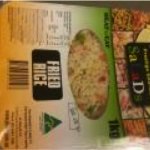





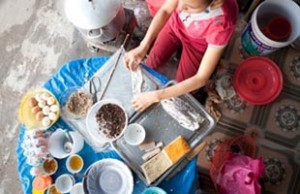
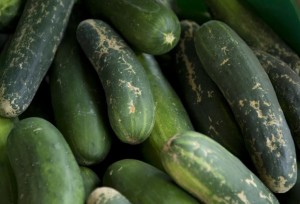 half of the infected people are children younger than 18 years old.
half of the infected people are children younger than 18 years old. 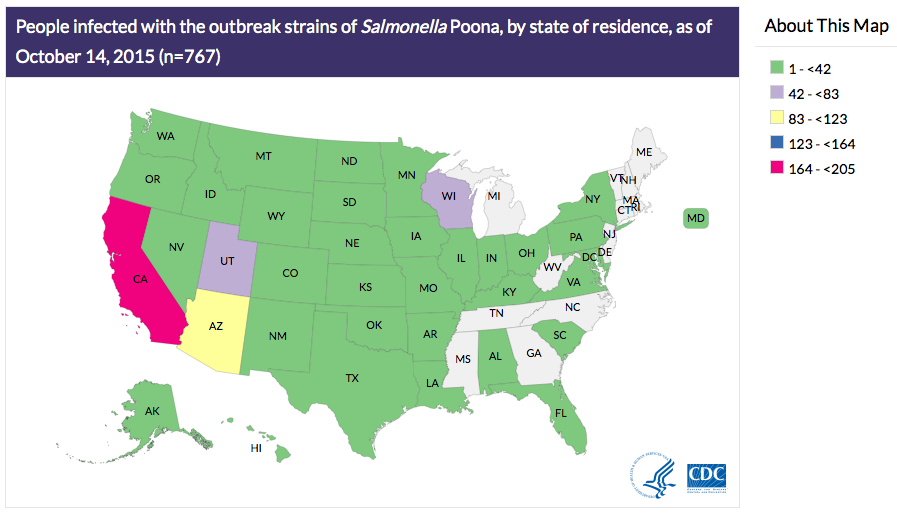


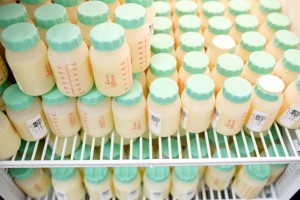

ColleenChong 5:16 pm on October 27, 2015 Permalink |
I am glad you brought up that listeria monocytogenes can survive acid and low water activity environments, just as Trish has mentioned in her presentation. Although L. Monocytogenes is a heat sensitive microorganism once it contaminates processing equipment it will be a major issue because it can form biofilms, which protects the pathogen. Contamination usually occurs after post-processing as you mentioned ready to eat products. I think the general public does not need to be too concern when consuming these products. However, young children, pregnant women and immunocompromised individuals should be careful. If possible the susceptible population to try to avoid these foods in general because the serious consequences can result in listeriosis or even death.
Jasmine Lee 2:56 pm on October 31, 2015 Permalink |
I agree with Colleen that Listeria monocytogenes may have been introduced to this product through post-processing contamination. Potential sources may be due to unsanitary premises, unclean air ventilation, contaminated packaging and/or temperature abuse. Even though this product may pose a serious health risk for immunocompromised individuals, I find it rather surprising that there are no further details available since the date of the recall. Since Listeria monocytogenes is ubiquitous in the environment, I strongly believe multiple methods are necessary to control the presence of this pathogen. These measures may include reassessing the company’s HACCP program to reinforce proper sanitation practices, frequent microbiological monitoring and appropriate storage temperatures. A combination of rapid pathogen detection methods should be utilized because some techniques, such as PCR, may detect false positives. Alternatively, the company could look into reformulating the product to include more hurdles, such as adding antimicrobial agents and increasing lethality of the heat treatment. Applying different treatments and storing susceptible food components in separate packages (combined by the end user during consumption) may lower favorable conditions for bacterial growth. These methods may also extend the product’s shelf life.
RainShen 1:01 pm on November 4, 2015 Permalink |
Comparing to other pathogenic microorganisms, Listeria monocytogenes can be resistant to many stresses during the processing and before consumption which causes it becomes one of the biggest concern for consuming the ready to eat food. I agree that the best way to eliminate L. monocytogenes in the high risk ready to eat food is heating the product to at least 74C. However, the manufacturer of the ready to ear food should improve their food safety system as well which may include sanitation procedure, regular equipment checking, personnel hygiene etc, especially that L. monocytogenes can form biofilm on the surface of the equipment, so regular microbiological testing will be necessary in the ready to eat manufacturing company. Complete final products checking and testing will be needed to ensure the absence of L. monocytogenes in the ready to eat foods.
MarinaMoon 2:50 am on November 13, 2015 Permalink |
As Listeria monocytogenes is one of the pathogens that can withstand many hurdles during food production and storage, it should be especially cautious and have very strict regulation system regarding production that is easily susceptible to Listeria Monocytogenes contamination. However, in this article in particular, I believe that these pre-packaged fried rice would be mostly consumed by healthy individuals probably those who do not have the time to make one themselves such as college students and workers. Thus, although we should be concerned and pay close attention to be able to prevent further contamination, I don’t think it would result in severe outbreaks like some other pathogens. As elderly, pregnant women and infants are most vulnerable to contamination, I do not think this particular product would create such a disaster. Nonetheless, I think better sanitation in the production environment and more strict regulations could possibly lead to prevention of this pathogen.
cvalencia 5:07 pm on December 4, 2015 Permalink |
Great article on Listeria! I think that it is surprising to find this pathogen in pre-packaged, since most of the time they are found on high-risk foods such as soft cheeses and deli meats. This just goes to show that we must take extra precaution to ensure food safety, even in unexpected food items such as the case for this food item. Also, it shows that we have a long way to go in food safety to ensure that cases like these don’t happen in the future
Ya Gao 9:24 pm on December 15, 2015 Permalink |
It is interesting to learn the specific details about how Listeria affect vulnerable people like pregnant women and their unborn or newborn children, seniors and the immunocompromised. And it is shocking to see how AIDS change life by looking at the number “people suffering from AIDS are 300 times more susceptible to being infected by Listeria monocytogenes compared to healthy individuals”. Ready to eat food can be a great threat since people tend not to process them at home after purchasing and consume them directly. A better controlling on production, distribution and retailing of ready to eat food products is important to protect these vulnerable people from getting harm.
MichelleLui 10:59 pm on December 18, 2015 Permalink |
Good information on Listeria Monocytogenes. Contaminated ingredient is mostly likely the starting agent to the contamination as there has to be an introduction of Listeria Monocytogenes into the processing facility or food. There could be other contaminants such as rodents due to poor pest control program at the processing facility. Just browsing through their website, it looks like they process many items, including dairy and produce. Good sanitation standard procedures should be in place to prevent cross contamination. The firm should monitor their suppliers by testing their ingredients and packagings for pathogens or indicator organisms.